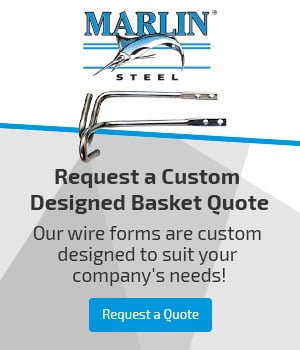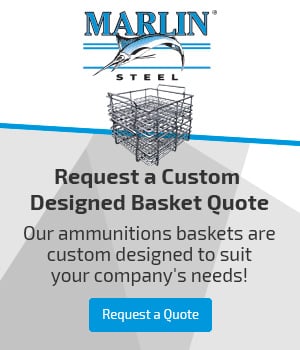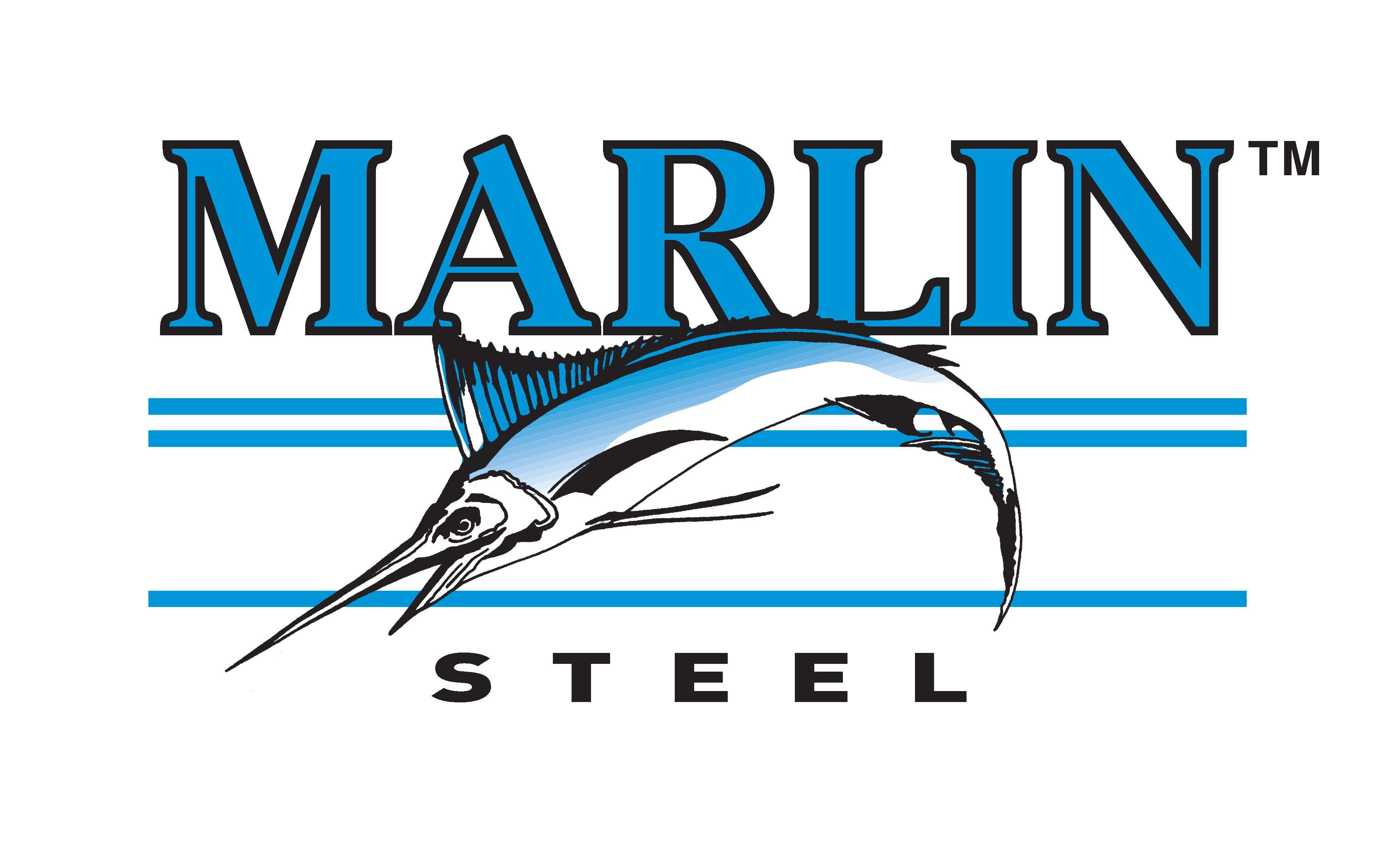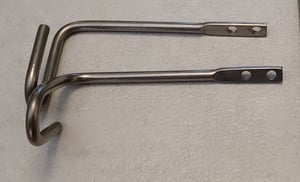 Marlin Steel is a major proponent of “reshoring,” the practice of moving manufacturing jobs from foreign companies operating overseas back to American shores. Where it used to be common “wisdom” to outsource manufacturing to overseas companies that used cheap manual labor, the total cost of ownership (TCO) when you factor in parts rejection rates, shipping delays, and intellectual property (IP) risks (among other hidden costs) may actually be much higher for foreign-made wire forms than for ones made in the USA.
Marlin Steel is a major proponent of “reshoring,” the practice of moving manufacturing jobs from foreign companies operating overseas back to American shores. Where it used to be common “wisdom” to outsource manufacturing to overseas companies that used cheap manual labor, the total cost of ownership (TCO) when you factor in parts rejection rates, shipping delays, and intellectual property (IP) risks (among other hidden costs) may actually be much higher for foreign-made wire forms than for ones made in the USA.
Part of the reason why Marlin Steel is able to comfortably meet parts tolerances and deliver “Quality, Engineered Quick®” for custom wire forms is that Marlin’s leadership has invested heavily in automated wireforming technologies that can bend, flatten, pierce, thread, drill, and weld stainless steel wires quickly and consistently.
Here are a few of the pieces of wire forming technology that Marlin Steel uses to shape the perfect custom wire forms for clients all over the world:
Welding Custom Wire Forms
Marlin Steel uses many different welding machines to join stainless steel wires together. Each of these devices is highly capable, and the choice of which one is used depends on the nature of the job. For example, Marlin’s Ultimat UMW-100 machine is often applied for jobs where the wire being welded needs to create a closed geometric shape (usually a square or circle). On other welding jobs, the IDEAL automated medium-frequency direct current (MFDC) welder is favored because of its ability to perform super-fast welds over a large three-dimensional area.
Bending Wire Forms
Marlin has long used a cell of wire bending and cutting robots to ensure the fast and efficient shaping of custom wire forms. These robots can quickly extrude steel wire from a spool, straighten it out, bend it at precise angles, and then cut it—all at a level of accuracy and consistency that no manual laborer can match.
For some large-scale wire bending jobs, Marlin’s manufacturing team uses a CNC press brake to bend a number of already-welded wires all at once. This helps to ensure the consistent placement of a bend at a consistent angle for some wireforming jobs.
Flattening and Piercing Stainless Steel Wire
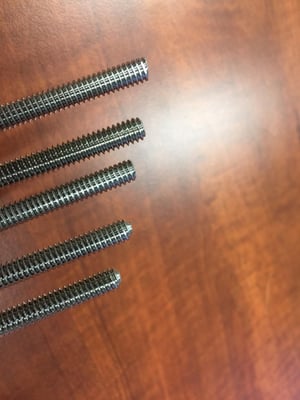 One of the benefits of using stainless steel wires to complete custom wireforms is that the steel is incredibly durable. There are many things that a stainless steel wire basket or hook can survive that would near-instantly shatter a comparable plastic basket or hook. However, this also makes it somewhat more difficult to shape steel wires.
One of the benefits of using stainless steel wires to complete custom wireforms is that the steel is incredibly durable. There are many things that a stainless steel wire basket or hook can survive that would near-instantly shatter a comparable plastic basket or hook. However, this also makes it somewhat more difficult to shape steel wires.
To flatten or pierce solid steel wires with ease requires machinery that can apply overwhelming force—machinery such as Marlin’s Minster CX1-1100 Press and Rouselle Straight Side Press. These press machines focus many tons of force onto a single point to force stainless steel wires to take on new shapes—whether that involves flattening an edge, punching a tiny hole straight through the wire, or simply narrowing a wire into a point so it can be easily threaded through another opening.
Threading and Drilling Wires
Marlin’s leadership team is constantly looking for ways to expand the company’s manufacturing capabilities. With expanded manufacturing capabilities, Marlin Steel can complete more custom wire form design requests and provide other manufacturers in the USA with domestically-made and shipped products that eliminate the delays and red tape of using foreign-made ones.
Recently, Marlin Steel added some new manufacturing robots to tackle a wider variety of custom wireforming jobs—ones that can nearly automate the process. These include robots designed to thread, drill, mill, and tap stainless steel wires.
What are these machines? How do they work? And, more importantly, how will they benefit your own manufacturing? You can find out details by contacting the Marlin Steel team today, or by checking back in the future for more blogs about these new machines!
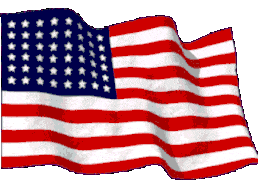
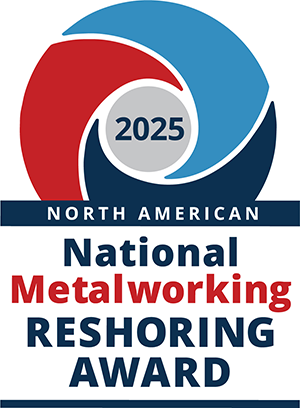

.gif)
